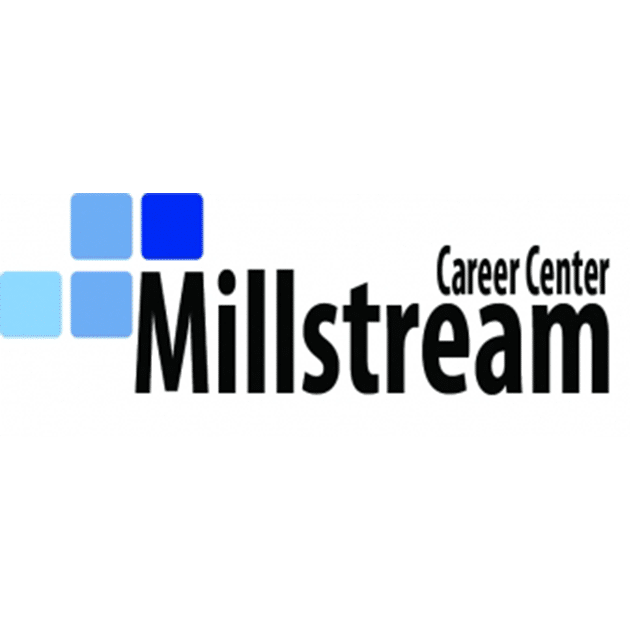January 19, 2024 min read

Preparing Students for Work-Based Learning
Industry:
Solution:

Benefits of Work-Based Learning for Students
Work-based learning has well-documented advantages for students in terms of employable skills, career exploration, resume building and more. Through their internship experience, students will create a resume, build industry-relevant skills, grow their network of industry contacts, and/or earn badges to show that they are job-ready.
Be sure to communicate these benefits clearly to students, so they are intrinsically motivated to succeed in the program. Some of the most important advantages to highlight include:
- Fostering self and career exploration: Students need time to ask themselves questions and have an adult help guide them towards a career path or combination of paths that fit their strengths, interests and goals for the future. Allow students to do a deep dive into who they are and who they want to be, including a metacognitive understanding of their strengths, weaknesses, interests and abilities.
- Assessing abilities and strengths: Work-based learning provides opportunities for assessing abilities outside the classroom. Participation in job-related tasks gives students a chance to explore job satisfaction, understanding of the industry, accommodation needs and more.
- Developing positive work habits and attitudes: Work-based learning gives students the opportunity to strengthen key transferable skills, including communication, work ethic, attitude, creativity, collaboration, time management, problem solving, critical thinking and professionalism. These types of skills provide students a competitive advantage in achieving career goals.
- Expanding professional networks: Students can establish professional contacts for future employment, and gain access to professionals with similar interests. These networks can help students land summer jobs or post-graduation employment.
- Becoming better informed to make decisions before accepting a job offer: Many work-based learning experiences offer rewards and/or compensation. Some internships offer a salary, but even if it’s unpaid, they may offer a stipend or free industry certification. Students can “try on” different careers that will help them make decisions about their future paths and confirm whether their career choice is the right one.
- Making direct connections between classroom learning and real-world applications: Through work-based learning, students can become more engaged in their school work as they begin to see the real-world applications of their studies. Internships create personal ownership of learning by connecting hands-on experiences to individual career goals. Statistics show that work-based learning participation increases motivation to stay in school and helps students earn credits towards a diploma.
Student Assessment
Once the students understand the benefits of work-based learning, it’s time for them to begin setting goals and preparing for their experiences. Use a platform like Vector Pathways to have students clearly outline their goals before beginning their internships. A good platform will collect data on student participation, which can help with Perkins V reporting.
Students should also leverage career assessments to help identify their strengths and aptitudes. Often, a career exploration journey can seem nebulous if students aren’t sure what they want to do or focus on. The right career assessment can play a critical role in moving students towards a career path or combination of paths, and help them increase their self-awareness and understanding of the job market.
Career assessments can also serve as a jumping-off point for counselors, teachers, mentors and parents for discussion. After students complete their assessments, they should meet with an adult mentor to go over the results and apply them to a particular path. Help students relate their preferences, interests, aptitudes and skills to specific careers, industries or opportunities.
Job Training
Some students may have never worked before, so it’s important to train them in appropriate workplace behavior. Develop a curriculum explaining how to dress, the importance of timeliness, how to communicate professionally with employers, and other key aspects of performance. Through a platform like Vector Pathways, you can create “badges” illustrating critical job skills and require students to earn all the relevant badges before applying for internships.
The process of student preparedness should be ongoing–it won’t end once students get an internship. Encourage students to take multiple assessments and continue earning badges even once they’re on the job. Remind them that work-based learning requires constant reflection and iteration, but that the payoff will be well worth the time and effort.
Learn More About Vector Pathways
The Vector Pathways work-based learning platform is designed to help school districts and career centers create more work-based learning experiences for students through streamlined workflows, business engagement, and experience tracking.
Learn More









